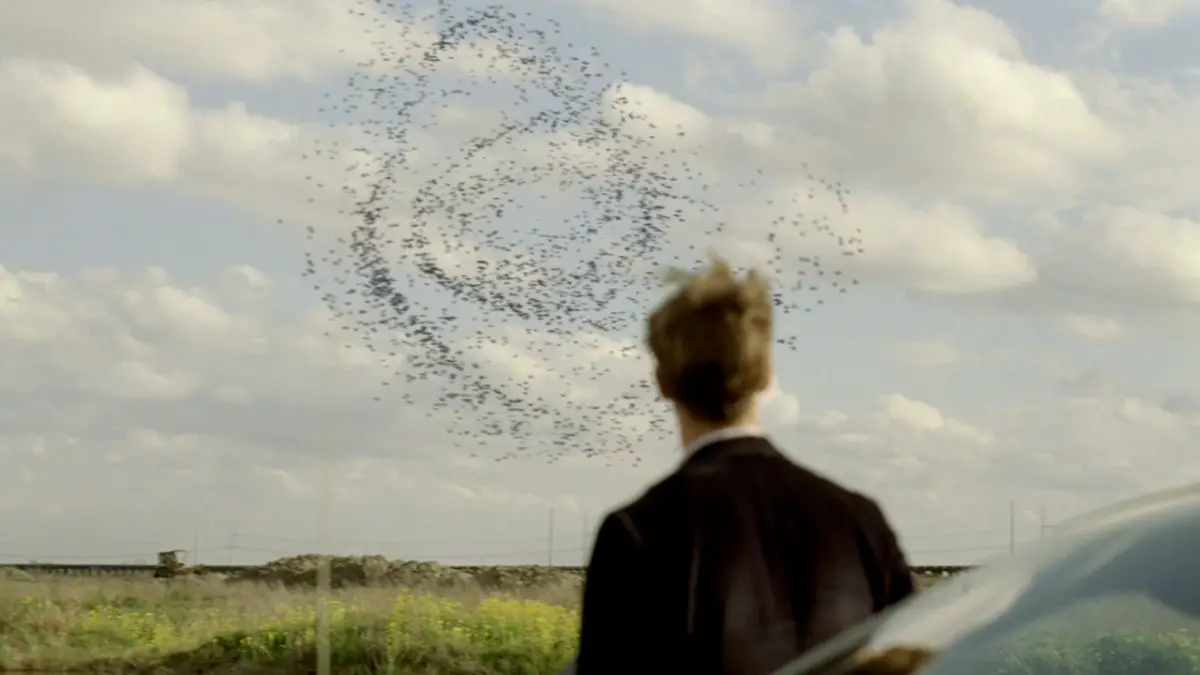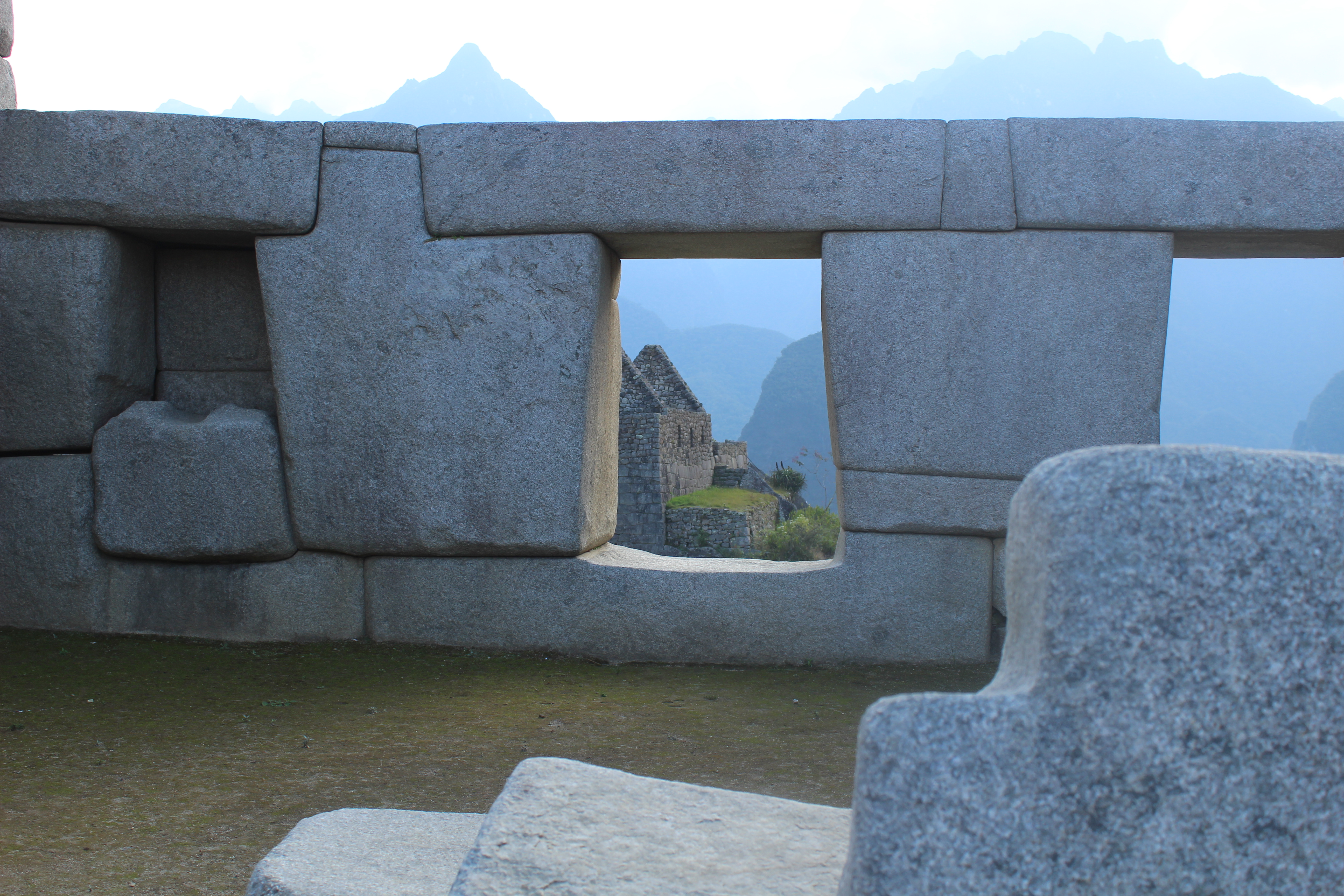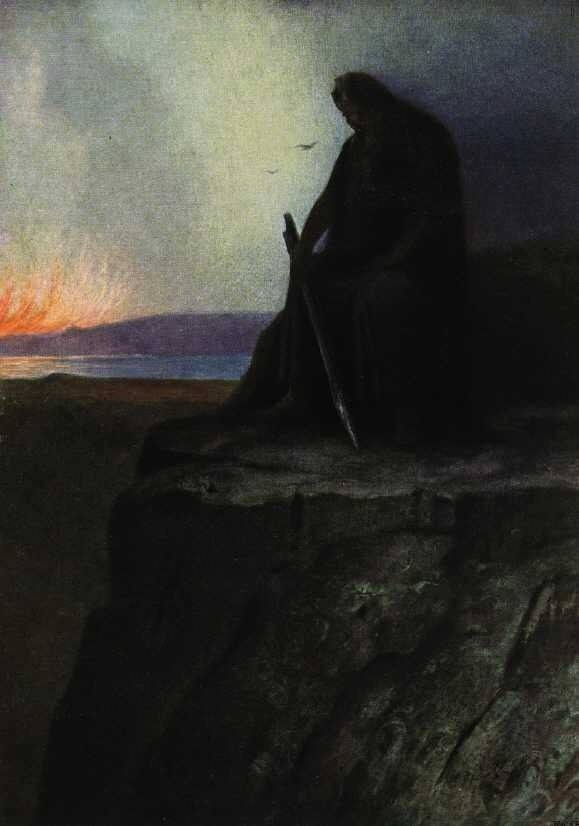Tag: Mario Polia
Antediluvian, giant, "gentle" humanity
We continue here the discourse on the Andean tradition, previously addressed in the four articles that we have already published on AXIS mundi [cfr. "Andini notebooks", In Ancient America]. In closing, we will also have the opportunity to make some comparisons with other traditions, including Mexican, Hellenic, Celtic and Norse).
di Marco Maculotti
cover: Machu Picchu, photo by the Author
Closely connected to the doctrine of cycles and of pachacuti [cf. Pachacuti: cycles of creation and destruction of the world in the Andean tradition] is the belief in the existence of ancient proto-human races that populated our planet before the advent of the "Fifth Sun" - races which, as we have seen [cf. Viracocha and the myths of the origins: creation of the world, anthropogenesis, foundation myths], are cyclically eliminated, at the end of each "Great Year", by a catastrophic event, to leave room for the humanity of the next cycle (similar to the Hesiodic myth).
Cernunno, Odin, Dionysus and other deities of the 'Winter Sun'
di Marco Maculotti
cover: Hermann Hendrich, "Wotan", 1913
[follows from: Cosmic cycles and time regeneration: immolation rites of the 'King of the Old Year'].
In the previous publication we had the opportunity to analyze the ritual complex, recognizable everywhere among the ancient Indo-European populations, centered on theimmolation (real or symbolic) of the "King of the Old Year" (eg. Roman Saturnalia), as a symbolic representation of the "Dying Year" that must be sacrificed to ensure that the Cosmos (= the order of things), reinvigorated by this ceremonial action, grants the regeneration of Time and of the 'World' (in the Pythagorean meaning of Kosmos like interconnected unit) in the new year to come; year which, in this sense, becomes a micro-representation of the Aeon and, therefore, of the entire cyclical nature of the Cosmos. Let's now proceed toanalysis of some divinities intimately connected with the "solstitial crisis", to the point of rising to mythical representatives of the "Winter Sun" and, in full, of the "King of the Waning Year": Cernunno, the 'horned god' par excellence, as far as the Celtic area is concerned; Odin and the 'wild hunt' for the Scandinavian one and Dionysus for the Mediterranean area.
Metamorphosis and ritual battles in the myth and folklore of the Eurasian populations
di Marco Maculotti
The zoomorphic metamorphosis topos is widely present in the folkloric corpus of a large number of ancient traditions, both from archaic Europe (on which we will focus mainly in this study), and from other geographical areas. As early as the fifth century BC, in Greece, Herodotus mentioned men capable of periodically transforming themselves into wolves. Similar traditions have been documented in Africa, Asia and the American continent, with reference to the temporary metamorphosis of human beings in fairs: bears, leopards, hyenas, tigers, jaguars. Sometimes, in some historically documented cases of the ancient world (Luperci, Cinocefali, Berserker) "The paranormal experience of transformation into an animal takes on collective characteristics and is at the origin of initiatory groups and secret societies" (Di Nola, p.12).




